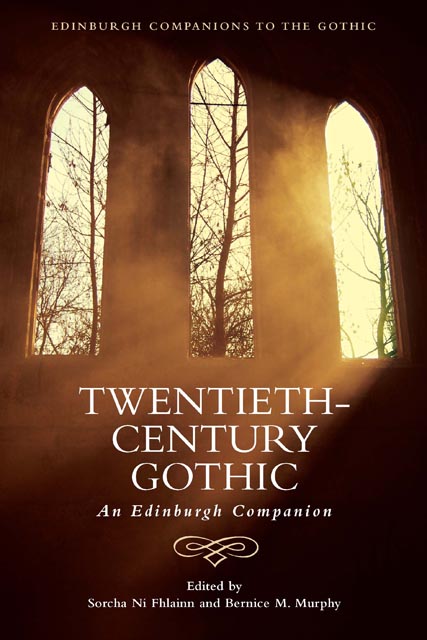12 - The Gothic 1950s
Published online by Cambridge University Press: 18 November 2022
Summary
America in the Fifties: The Calm Before and After the Storm
For those who associate the Gothic with places and periods of turmoil, violence and paranoia, America during the 1950s would seem like an odd place and time to expect it to thrive. In the long historical hindsight of the twenty-first century, the Fifties have become enshrined as a period of prosperity and stability, the heyday of the American Century. At the outset of the Second World War, publisher Henry Luce could still worry about the nation's future. In a famous op-ed in Time magazine on 17 February 1941, he wrote: ‘We Americans are unhappy. We are not happy about America. We are not happy about ourselves in relation to America. We are nervous – or gloomy – or apathetic.’ The Fifties, taking their cue from Luce, would demonstrate that America had overcome the ‘virus of isolationist sterility’ and instead had ‘accept[ed] wholeheartedly [its] duty and … opportunity as the most powerful and vital nation in the world and in consequence to exert upon the world the full impact of [its] influence, for such purposes as we see fit and by such means as we see fit’. Social historian Tom Engelhardt would call the achievement of this goal ‘victory culture’, characterising the 1950s as a period when the nation, for better or worse, had achieved a happy stasis and was resting comfortably within itself. Seen in historical context, this self-confidence was both the calm before and the calm after the storm. It was tied to the turmoil of, respectively, the Great Depression, the Second World War and the difficulties of ‘reconversion’ to peacetime conditions after the war. It would also precede the next traumatic war – the one in Vietnam, which was, according to Engelhardt, to ring in the demise of victory culture, sparking the countercultural upheaval that was, in equal measure, to cause and celebrate that demise.
While conservative nostalgia has remained wedded to the utopian view of the Fifties throughout the years, the more critical, sceptical view, counterbalancing it at the other end of the political spectrum, is just as much a staple of how the decade is remembered.
- Type
- Chapter
- Information
- Twentieth-Century GothicAn Edinburgh Companion, pp. 196 - 212Publisher: Edinburgh University PressPrint publication year: 2022



